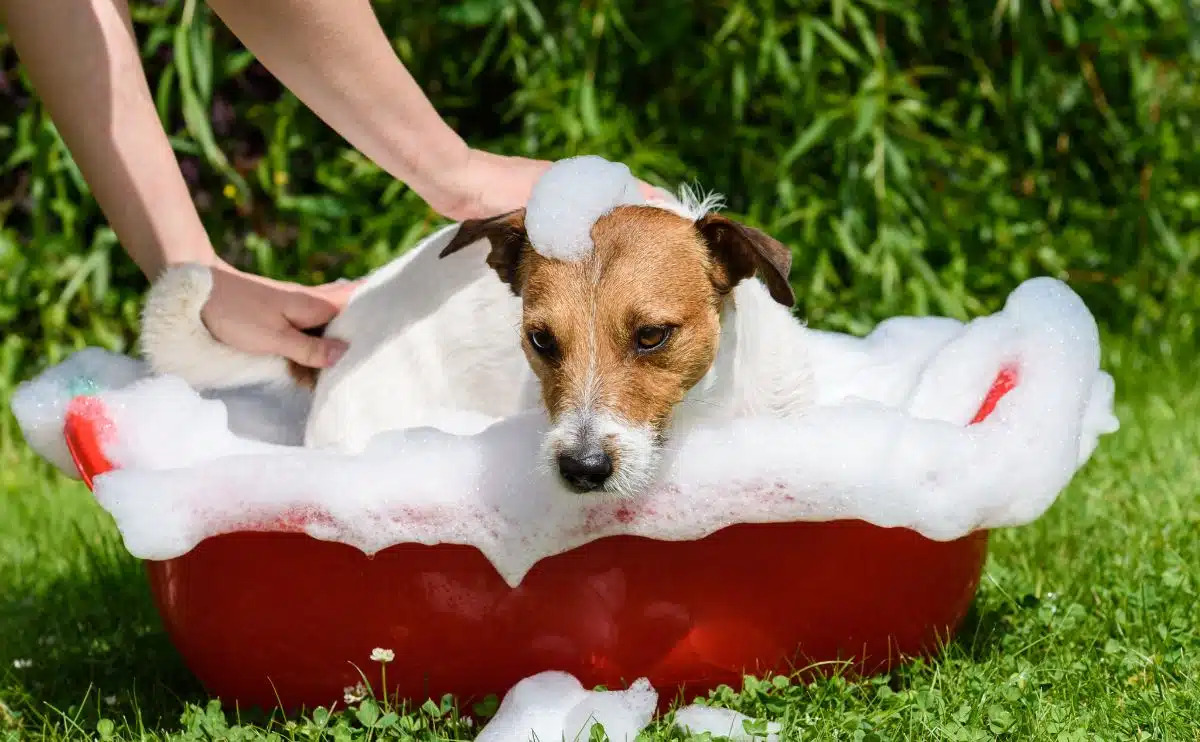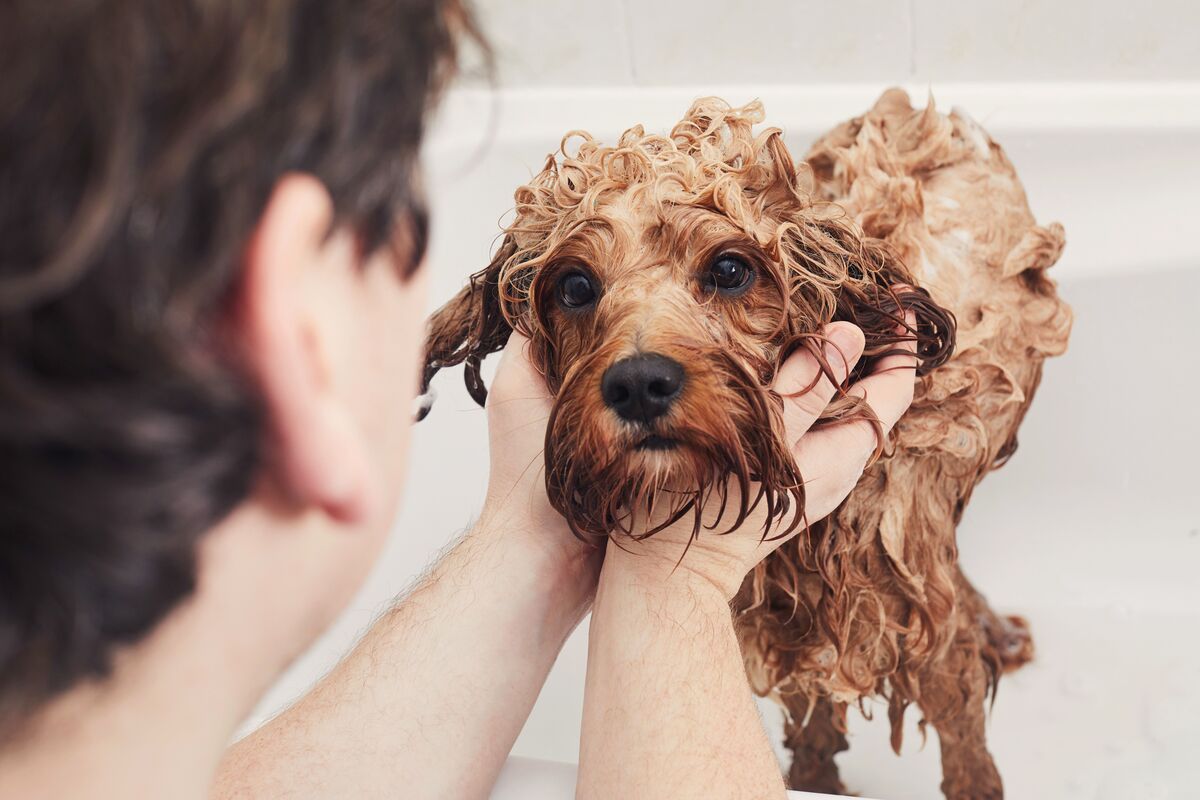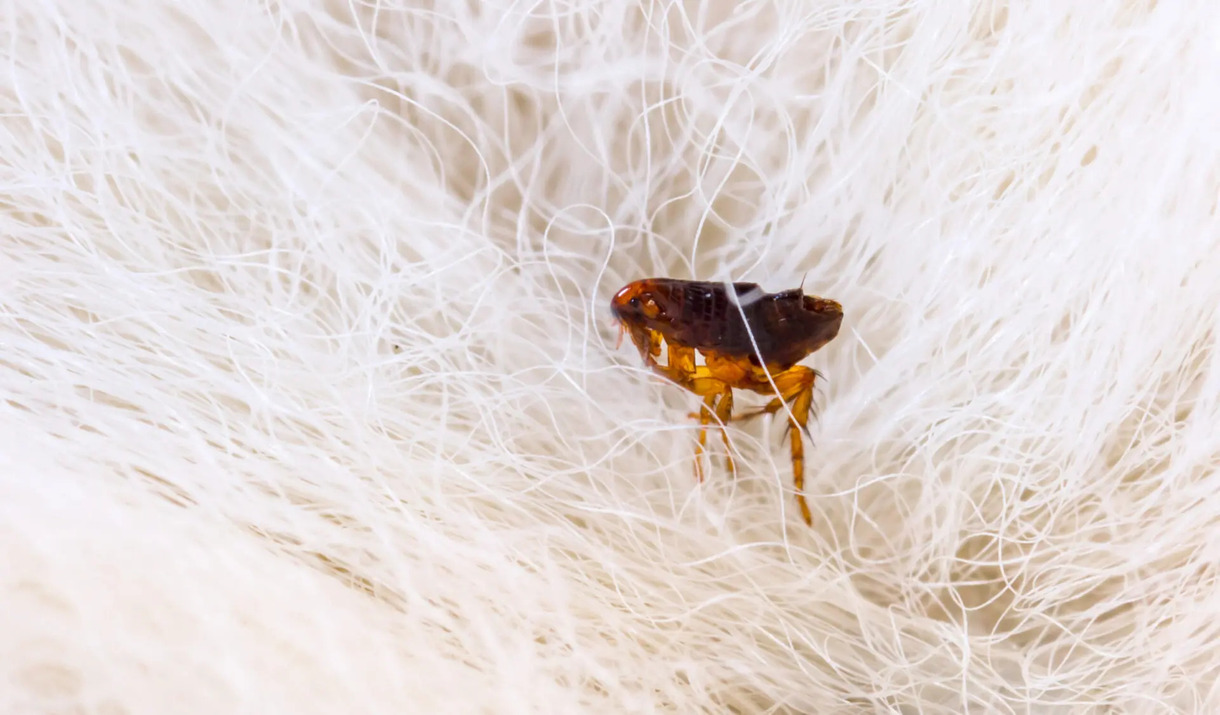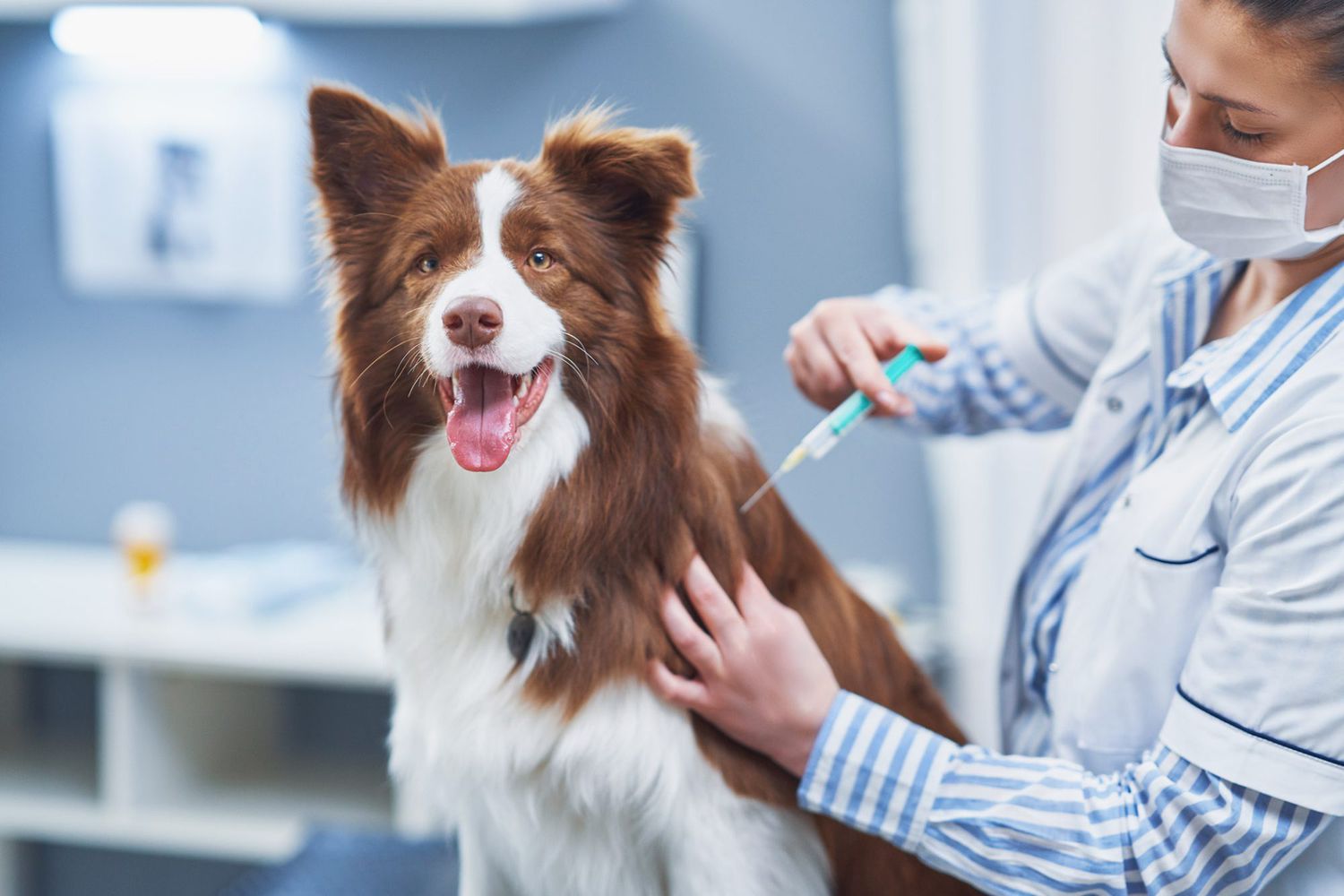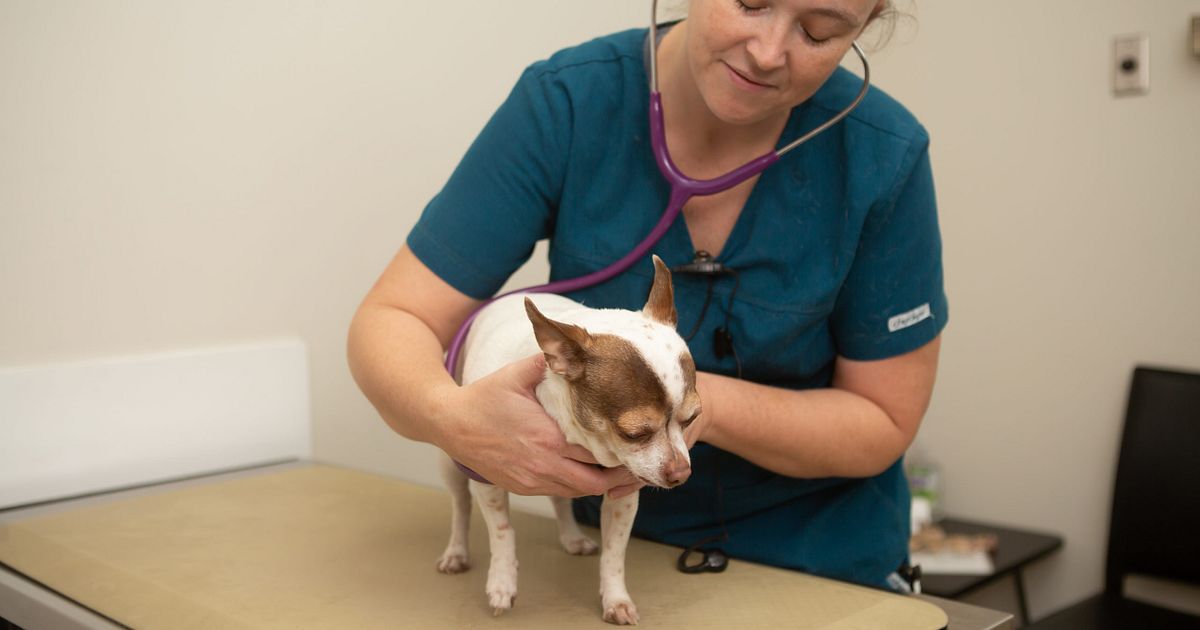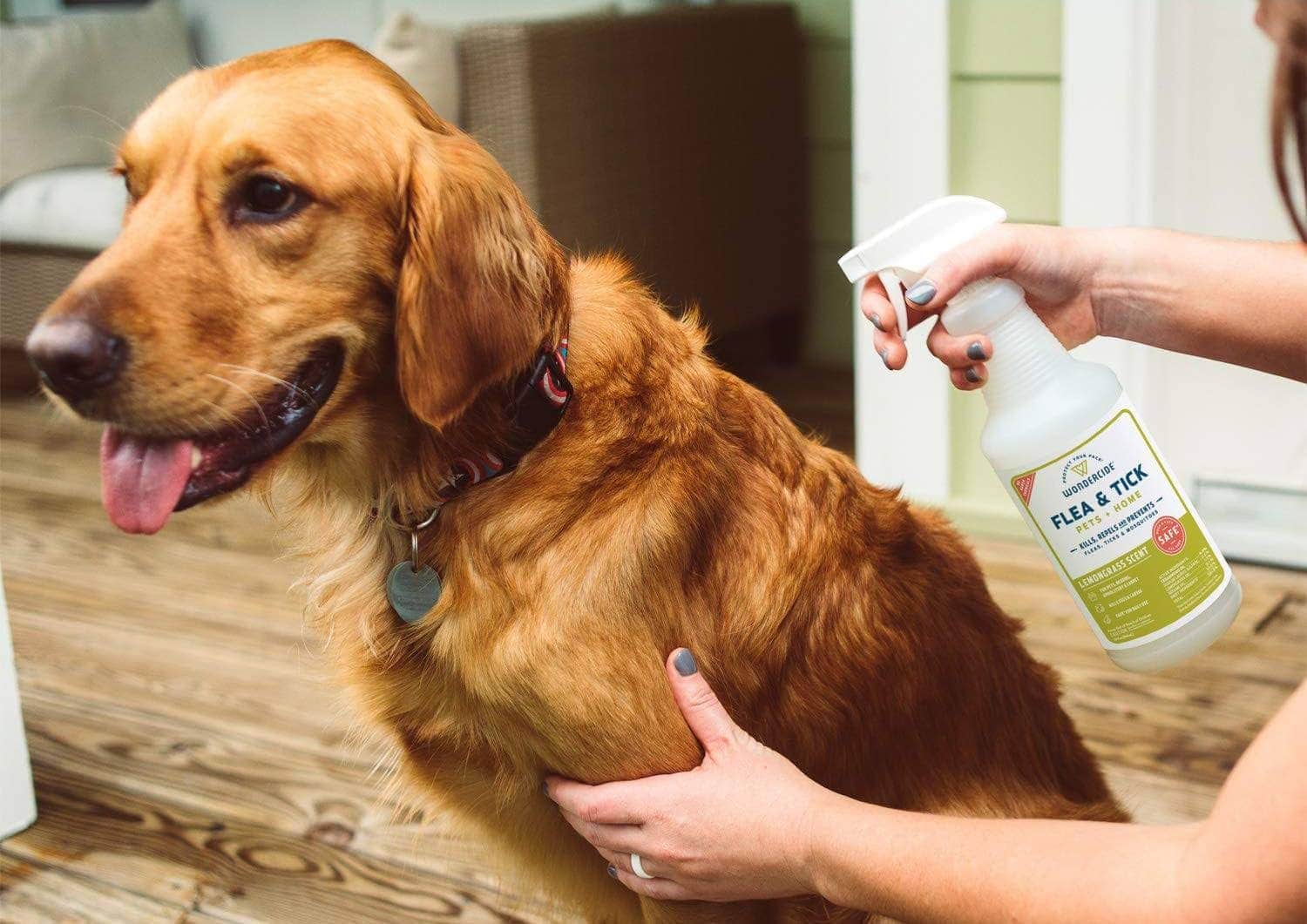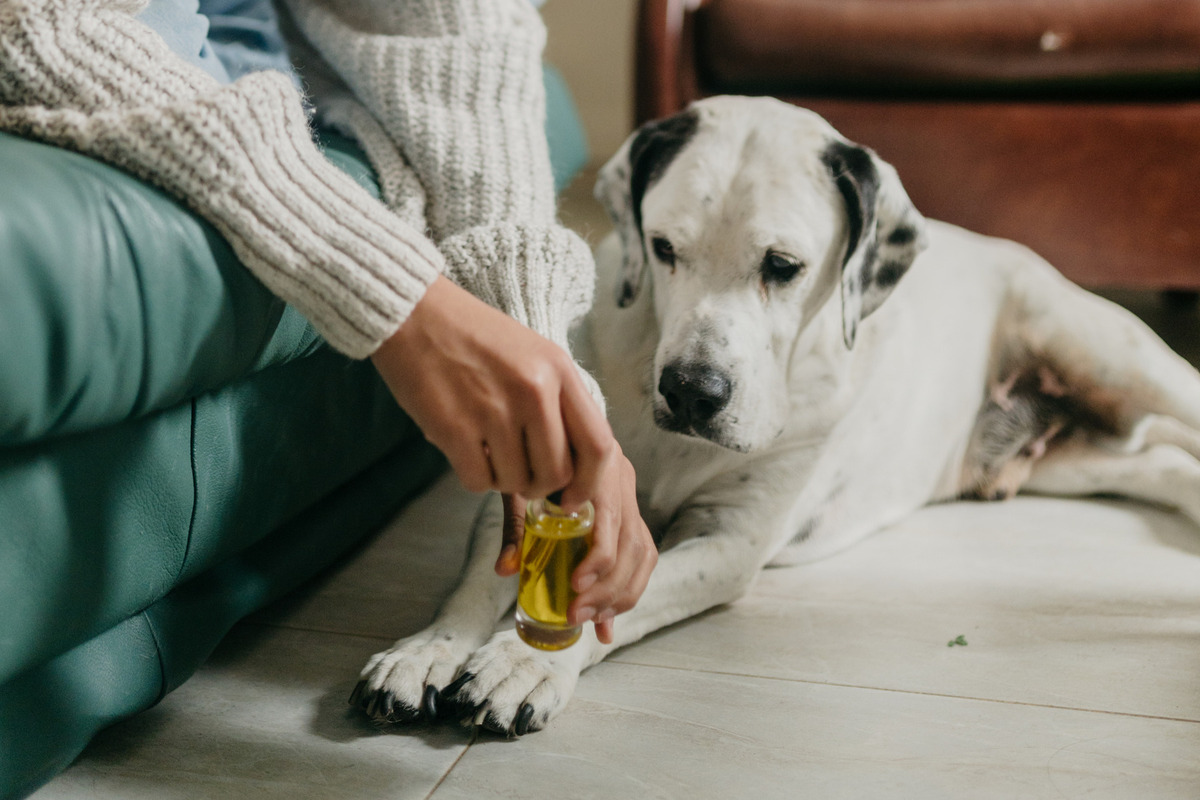Home>Health & Wellness>Common Health Issues>Can Fleas Survive When Dog Goes Outside In Winter
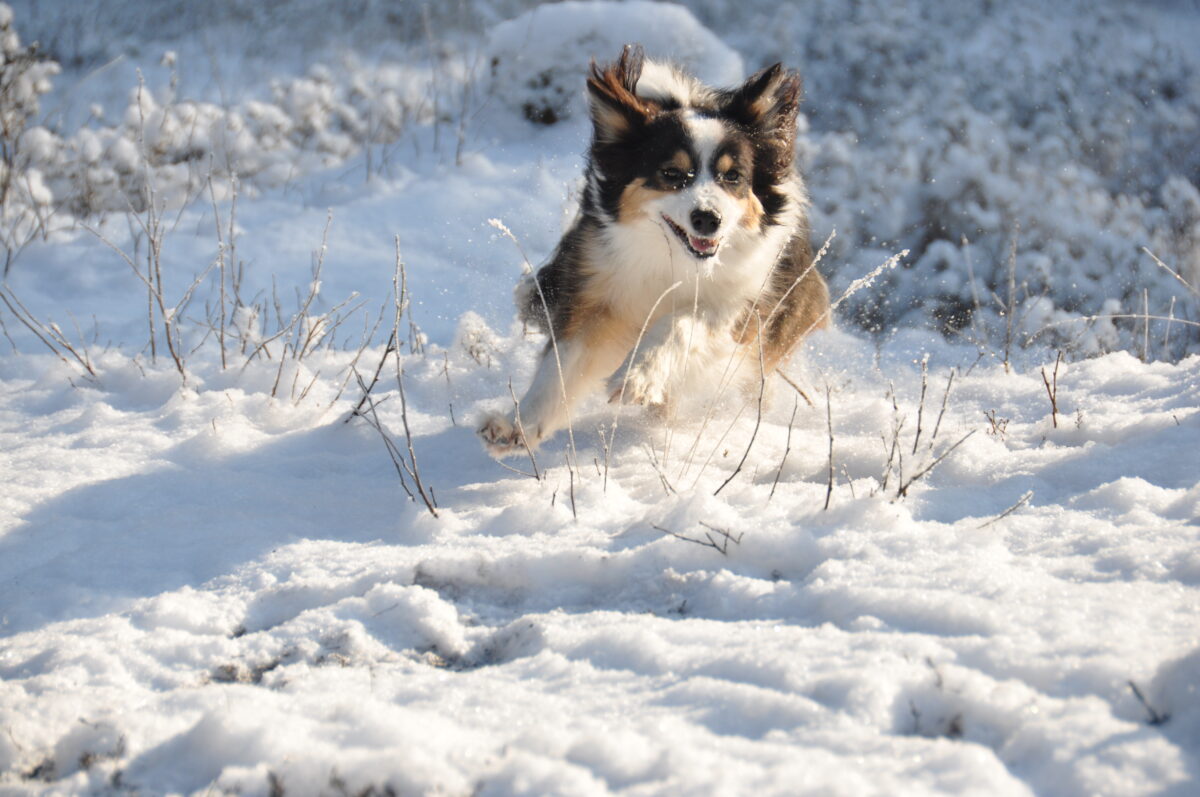

Common Health Issues
Can Fleas Survive When Dog Goes Outside In Winter
Published: February 14, 2024
Learn how common health issues like fleas can survive when your dog goes outside in winter. Protect your pet with these tips and tricks.
(Many of the links in this article redirect to a specific reviewed product. Your purchase of these products through affiliate links helps to generate commission for Pawsomeoldies.com, at no extra cost. Learn more)
Table of Contents
Introduction
As the winter season sets in, many pet owners may assume that their furry friends are safe from pesky parasites like fleas. However, the reality is quite different. Fleas are resilient creatures that can survive in various conditions, including the cold temperatures of winter. Understanding the behavior of fleas and their ability to endure the winter months is crucial for pet owners to protect their beloved animals from these persistent pests.
Fleas are not just a nuisance; they can pose serious health risks to both pets and humans. These tiny insects are capable of reproducing rapidly and can infest not only your pets but also your home. Therefore, it's essential to be proactive in preventing flea infestations, especially during the winter when many people assume that the cold weather will naturally eliminate these pests.
In this article, we will delve into the fascinating world of fleas, exploring their life cycle, their ability to survive in winter, and most importantly, how to protect your dog from fleas during the colder months. By gaining a deeper understanding of these resilient parasites, pet owners can take the necessary steps to safeguard their furry companions and maintain a flea-free environment throughout the year.
Understanding Fleas and Their Life Cycle
Fleas are small, wingless insects that belong to the order Siphonaptera. These parasitic creatures have a flattened body, enabling them to move swiftly through the fur or feathers of their hosts. While there are thousands of flea species worldwide, the most common type found on dogs is the Ctenocephalides felis, also known as the cat flea, which can infest both cats and dogs.
The life cycle of a flea consists of four stages: egg, larva, pupa, and adult. Understanding these stages is crucial in comprehending the resilience of fleas and the challenges they pose for pet owners.
-
Egg Stage: Flea eggs are typically laid on the host animal but can also fall off onto bedding, carpets, or outdoor areas. These tiny, white eggs are barely visible to the naked eye and can hatch within a few days under ideal conditions.
-
Larval Stage: Once the eggs hatch, they give rise to larvae that are about 1-2.5 mm long. Flea larvae are negatively phototactic, meaning they avoid light, and tend to thrive in dark, humid environments such as carpets, bedding, and soil. During this stage, the larvae feed on organic debris and the feces of adult fleas.
-
Pupal Stage: The larvae then spin a cocoon and enter the pupal stage, where they undergo metamorphosis. The pupae are encased in a sticky, protective silk-like cocoon, making them resilient to environmental factors and insecticides. Fleas can remain in the pupal stage for several days to several months, depending on environmental conditions.
-
Adult Stage: Once the flea reaches the adult stage, it emerges from the cocoon and seeks a host for a blood meal. Adult fleas can survive for several weeks to several months without a host, but they require blood to reproduce. Female fleas can lay hundreds of eggs during their lifespan, perpetuating the infestation cycle.
Understanding the life cycle of fleas is essential for effective flea control. It's important to note that only about 5% of a flea infestation is represented by adult fleas, while the remaining 95% exists in the form of eggs, larvae, and pupae in the environment. This highlights the significance of targeting not only the adult fleas on the pet but also the eggs, larvae, and pupae in the surrounding areas to break the life cycle and prevent reinfestation.
By comprehending the intricate life cycle of fleas, pet owners can appreciate the challenges posed by these resilient parasites and take proactive measures to protect their pets from infestations, especially during the winter months when flea survival might be underestimated.
Can Fleas Survive in Winter?
Many pet owners believe that the arrival of winter brings relief from fleas, assuming that the cold temperatures would naturally eradicate these pesky parasites. However, the reality is that fleas are remarkably resilient and can indeed survive in winter. While fleas thrive in warm and humid conditions, they have developed mechanisms to endure the challenges posed by cold weather.
During winter, fleas can survive by seeking refuge in various environments. One common haven for fleas during the colder months is the interior of homes, where central heating systems provide a warm and hospitable environment. Additionally, fleas can take shelter in the fur of animals, including dogs, to shield themselves from the harsh outdoor conditions. This means that even when dogs go outside in winter, they can inadvertently carry fleas back into the home, facilitating the continuation of the flea life cycle.
Furthermore, fleas can endure winter by seeking refuge in outdoor areas that offer some degree of protection from the cold. This could include animal burrows, leaf litter, or protected crevices in the soil. While fleas may not be as active in outdoor environments during winter, they can still survive in these sheltered locations, ready to reemerge when conditions become more favorable.
The ability of fleas to survive in winter is also influenced by their life cycle. Flea eggs, larvae, and pupae in the environment can withstand cold temperatures, remaining dormant until conditions become more conducive for their development. This means that even if adult fleas are less active during winter, the immature stages of fleas can persist in the environment, posing a threat for infestations to reemerge when the weather warms up.
In essence, the survival of fleas in winter is a testament to their adaptability and resilience. Pet owners should not underestimate the potential for flea infestations during the colder months and should remain vigilant in protecting their pets and homes from these persistent parasites.
Understanding the ability of fleas to survive in winter is crucial for pet owners to take proactive measures in preventing infestations and safeguarding the well-being of their beloved animals. By recognizing the resilience of fleas and their capacity to endure winter, pet owners can implement effective flea control strategies to mitigate the risks posed by these persistent parasites.
How to Protect Your Dog from Fleas in Winter
Protecting your dog from fleas during the winter months requires a proactive and comprehensive approach to flea control. While the cold weather may reduce flea activity to some extent, it does not eliminate the risk of infestation. Here are some effective strategies to safeguard your dog from fleas in winter:
-
Regular Grooming: Maintaining a regular grooming routine for your dog is essential for flea prevention. Brushing your dog's fur not only helps in removing any existing fleas or their eggs but also allows you to inspect for signs of infestation. Additionally, keeping your dog's fur clean and well-trimmed can make it more challenging for fleas to find a suitable environment to thrive.
-
Use Flea Preventatives: Consult with your veterinarian to select a suitable flea preventative for your dog. There are various options available, including topical treatments, oral medications, and flea collars. These preventatives are designed to disrupt the flea life cycle, killing adult fleas and preventing the development of eggs and larvae. It's important to use these products as directed and consistently throughout the winter months.
-
Maintain a Clean Living Environment: Regularly clean and vacuum your home, paying particular attention to areas where your dog spends time. Wash your dog's bedding, blankets, and toys frequently to eliminate any flea eggs or larvae. Additionally, consider using pet-safe flea control products in your home, such as sprays or powders, to target fleas in the environment.
-
Limit Outdoor Exposure: While it's important for dogs to get regular exercise, especially during winter, it's advisable to limit their exposure to areas where fleas may be prevalent. Avoid allowing your dog to roam in tall grass, wooded areas, or places frequented by wildlife, as these environments can harbor fleas and increase the risk of infestation.
-
Regular Veterinary Check-ups: Schedule regular check-ups with your veterinarian to monitor your dog's health and discuss flea prevention strategies. Your veterinarian can provide valuable insights and recommendations tailored to your dog's specific needs, ensuring that they remain protected from fleas throughout the winter.
-
Consider Environmental Treatments: In severe cases of flea infestation, especially if it persists through the winter, consider professional environmental treatments for your home and outdoor areas. Pest control experts can apply targeted treatments to eliminate fleas and prevent their resurgence, providing a comprehensive solution to protect your dog and your living space.
By implementing these proactive measures, pet owners can effectively protect their dogs from fleas during the winter months. It's important to remain vigilant and consistent in flea prevention efforts to ensure the well-being of your beloved canine companion. With the right approach, you can create a flea-free environment that allows your dog to thrive even during the colder months.
Conclusion
In conclusion, the resilience of fleas and their ability to survive in winter present significant challenges for pet owners. The misconception that cold weather naturally eliminates fleas can lead to complacency, increasing the risk of infestations and potential health issues for dogs and their human companions. Understanding the intricate life cycle of fleas, their survival mechanisms in winter, and the proactive strategies for flea prevention is paramount in ensuring the well-being of our beloved canine friends.
As we navigate the winter months, it's crucial for pet owners to recognize that fleas can persist in various environments, both indoors and outdoors. The dormant stages of flea development, including eggs, larvae, and pupae, can withstand cold temperatures, ready to reemerge when conditions become favorable. This underscores the importance of year-round flea prevention and vigilance, rather than solely relying on seasonal factors to mitigate the risk of infestations.
By embracing a holistic approach to flea control, incorporating regular grooming, the use of veterinarian-recommended preventatives, and maintaining a clean living environment, pet owners can effectively protect their dogs from fleas during winter. Additionally, limiting outdoor exposure, scheduling veterinary check-ups, and considering professional environmental treatments when necessary are integral components of a comprehensive flea prevention strategy.
Ultimately, the well-being of our canine companions is intricately linked to their environment and overall health. By staying informed about the behavior of fleas and taking proactive measures to prevent infestations, pet owners can create a safe and comfortable living space for their dogs, free from the challenges posed by these persistent parasites.
As we embrace the joys of the winter season with our furry friends, let's remain steadfast in our commitment to their well-being. By understanding the nuances of flea control and leveraging effective prevention strategies, we can ensure that our dogs thrive in a flea-free environment, regardless of the season. Together, we can create a nurturing and safe environment that allows our beloved pets to enjoy the winter months to the fullest, free from the burdens of flea infestations.

